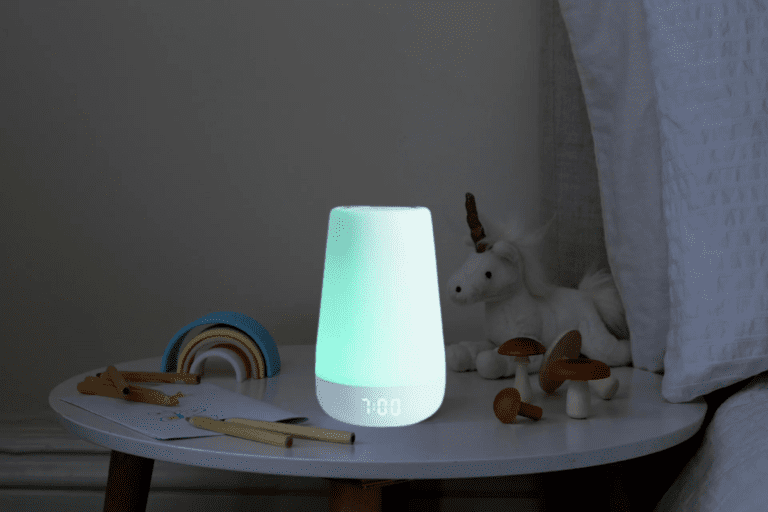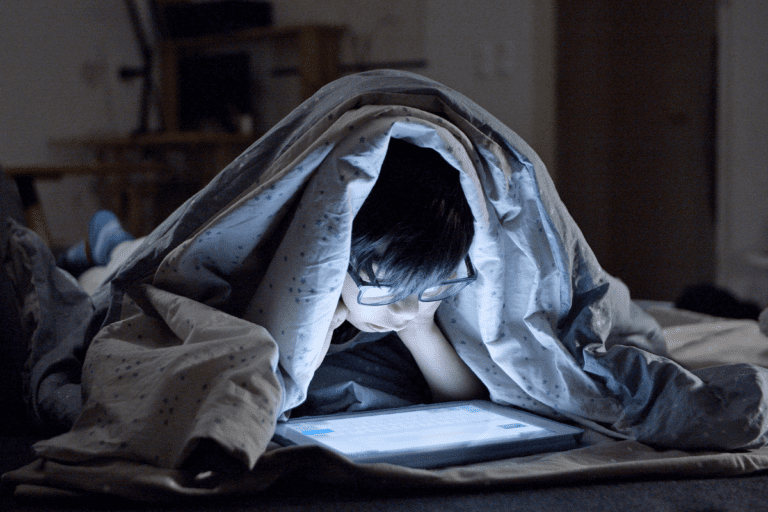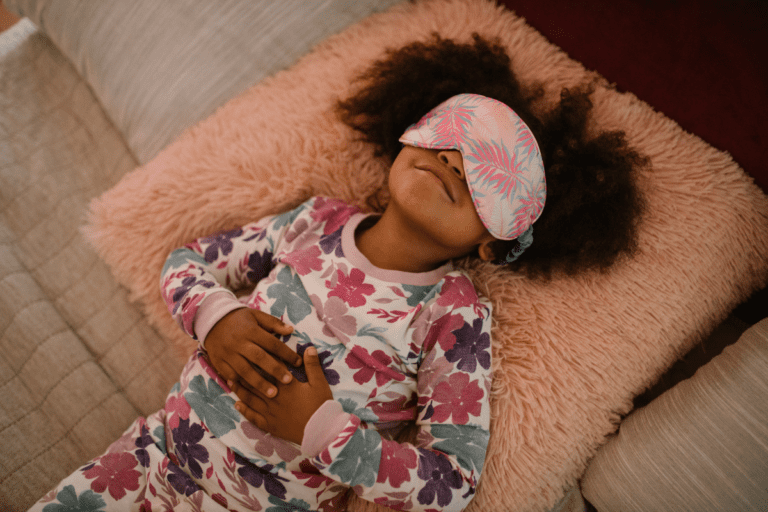Back to School Tips
Back to school hit us a week earlier this year, before Labor Day. While we were all looking forward to the start of school (my kids included) we’re already looking forward to one more weekend away over the holiday weekend.
Now whether your kids have already gone back to school or they start next week you most likely followed a looser schedule over the summer. Later bedtimes, skipping reading books or having no bedtime routine whatsoever. So as we start this new school year, how can you get your child back on track with their sleep? Here are my top 5 sleep tips for Back to School.
Tip 1: Early Bedtime
If bedtime backslid a little later over the summer I recommend getting back to an early bedtime. How early should your child be going to bed? I recommend a bedtime somewhere between 7:00 and 8:00 PM. That may sound surprising, but I recommend this time to the families I work with until their child is about 12 years old. So why such an early bedtime?
Children need 10-12 hours of sleep a night. If you child must be awake between 6:00 and 7:00 AM, then a bedtime between 7:00 and 8:00 PM makes perfect sense. Plus, most likely your child won’t fall asleep immediately, so you need to factor in the amount of time it takes them to fall asleep.
An early bedtime is also great for the parents! It gives you back your evenings to finish up anything you need to and recharge for the next day. When was the last time you had some uninterrupted me time before bed? Let’s talk about the how!

Tip 2: Don't Wait to Make Changes
I realize that school is starting soon and for some, your child may already be back in school. If you’re able to start these changes a week (or more) before school starts that will definitely make things easier. Move bedtime up by about 15 minutes every few days until you’re back to the desired bedtime. You could also do this in 30 minute increments depending on the age of your child.
You may need to adjust your child’s clock if they aren’t cooperating with this change. A toddler clock can work very well to cue your child when it’s bedtime and when it’s time to wake up in the morning. I recommend the OK to Wake Clock, LittleHippo Ready to Rise and the Wisoee Kids Clock. The Hatch Baby Rest is also a sound machine, nightlight and time to rise clock all in one. While it’s a little more pricey it’s easy to use and can be controlled with an app from your phone.
Tip 3: Establish a Bedtime Routine
If you already have a routine that you follow, that’s great! I would make sure that you keep this routine to 30 minutes or less. If the routine is too long and unpredictable it can be difficult for your child to understand when the routine will end and that may drag out the routine longer.
If you find that your child tries to negotiate for another story or won’t get out of the bath tub, try setting a timer. When the timer goes off it’s time to move on. Most toddler clocks have a timer that turns on 30 minutes before bedtime, so this is also a great tool to help keep the bedtime routine on track.
If you are implementing a new bedtime routine, keep the steps the same every night. A bath or shower is a great first step to cue your child’s body and brain that it’s bedtime. Pajamas, brushing teeth, reading a story should all be done in the same order (even the same number of books) every night. If your child can read on their own, encourage them to read on their own or have them read to you. A predictable bedtime routine helps cue your child’s melatonin production making sleep come easier.
If you need help establishing a bedtime routine with your child using a bedtime routine chart can help! Create your own or use my boy template or girl template. Having them mark off the steps can help them cooperate with their new routine.

Tip 4: Turn off Screens
I’m well aware that screen time is a pretty common hobby for kids especially as they get older. My kids are exception. However, the thing about screens (I’m talking TV’s, phones, tablets and computers) is that they emit an immense amount of blue light. Blue light prohibits your child’s body from producing melatonin increases with evening darkness helping your child fall asleep naturally.
I recommend avoiding any screen time at least 2 hours before bed. If your child watches a show before bed I recommend moving it up to before bathtime or switching to a quiet activity like reading, coloring or a puzzle. This tip can also help adults if you’re having trouble falling asleep at night.

Tip 5: Create a Sleep Sanctuary
To help your child sleep better, create a calming and comfortable environment. Children (and adults) sleep best in a cool, dark room. Darkness tells your brain its nighttime and triggers melatonin production. Keeping the room between 68-72 degrees is best for sleep.
If it’s still partially light out when your child is going to sleep you will need to darken the room. I recommend getting black out curtains or any material that can cover up the windows. If your child is older, chances are they don’t need to room to be pitch black like a baby or toddler would, so don’t worry about covering up all the light that comes in. If your child insists on a night light, make sure it’s a red or yellow light so it won’t interfere with melatonin production. I would also try to keep it further from their bed so it’s not as bright.
Keep things calm and quiet, but not too quiet. I recommend no playtime once the bedtime routine starts. A sound machine can help drown out any background noises from siblings or parents and create that calming environment.
If you need to make a lot of changes be prepared for some protest from your child, but just know that once they’re back on routine and sleeping well they’ll be better rested and ready to learn! If sleep has gotten way off track and you’re struggling, reach out and book a free call with me.


1 thought on “Back to School Tips”
Pingback: Helpful Tips for Daycare - Happily Ever After Sleep
Comments are closed.